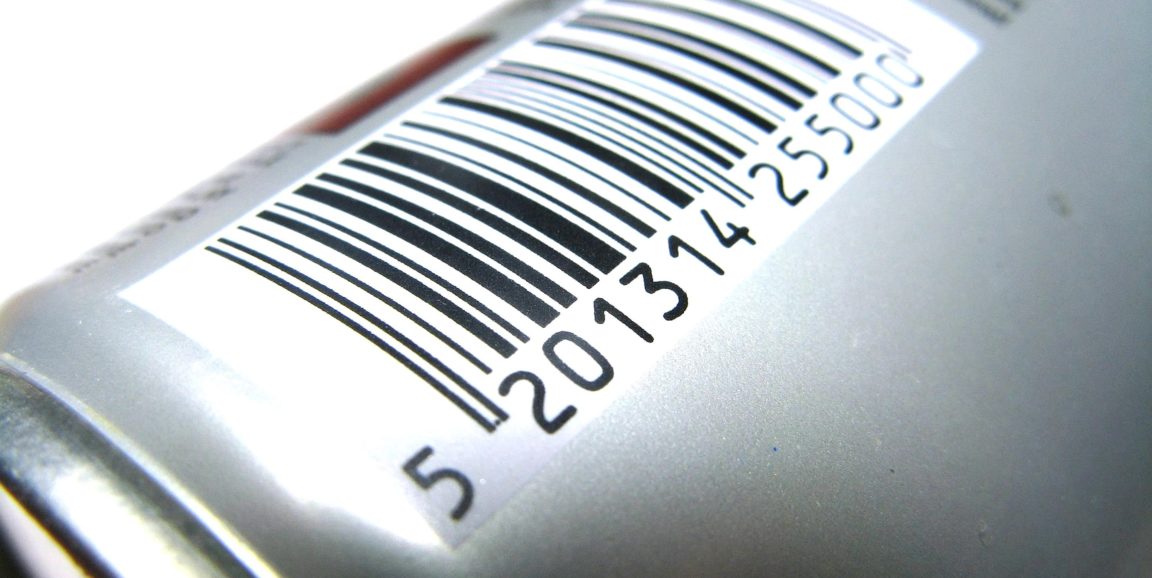The growth of a particular tumor depends on multiple genetic factors, so it's difficult for cancer researchers to recreate and study this genetic diversity in the lab.
"Human cancers don't have only one tumor-suppression mutation [which fuels tumor growth] -- they have combinations. The question is, how do different mutated genes cooperate or not cooperate with one another?" said Monte Winslow, PhD, a Stanford assistant professor of genetics and of pathology, in a recent Stanford news release.
Now, Winslow and his colleagues have discovered a way to modify cancer-related genes and then track how these combinations of mutations impact tumor growth, as recently reported in Nature Genetics.
The researchers used the powerful gene-editing tool, called CRISPR-Cas9, to introduce multiple, genetically distinct tumors in the lungs of mice. They also attached short, unique DNA sequences to individual tumor cells -- which acted as genetic barcodes and multiplied in number as the tumors grew. By counting the different barcodes, they were able to accurately and simultaneously track tumor growth.
"We can now generate a very large number of tumors with specific genetic signatures in the same mouse and follow their growth individually at scale and with high precision. The previous methods were both orders of magnitude slower and much less quantitative," said Dmitri Petrov, PhD, a senior author of the study and an evolutionary biologist at Stanford, in the release.
The study showed that many mutations in tumor-suppressor genes only drive tumor growth when other specific genes are present. The researchers hope to use their new methodology to better understand why tumors with the same mutations can grow to be very large in some patients and remain small in others, they said.
Their technique may also speed up cancer drug development, allowing a drug to be tested on thousands of tumor types simultaneously. As Petrov explained:
We can help understand why targeted therapies and immunotherapies sometimes work amazingly well in patients and sometimes fail. We hypothesize that the genetic identify of tumors might be partially responsible, and we finally have a good way to test this.
Photo courtesy of PIXNIO




